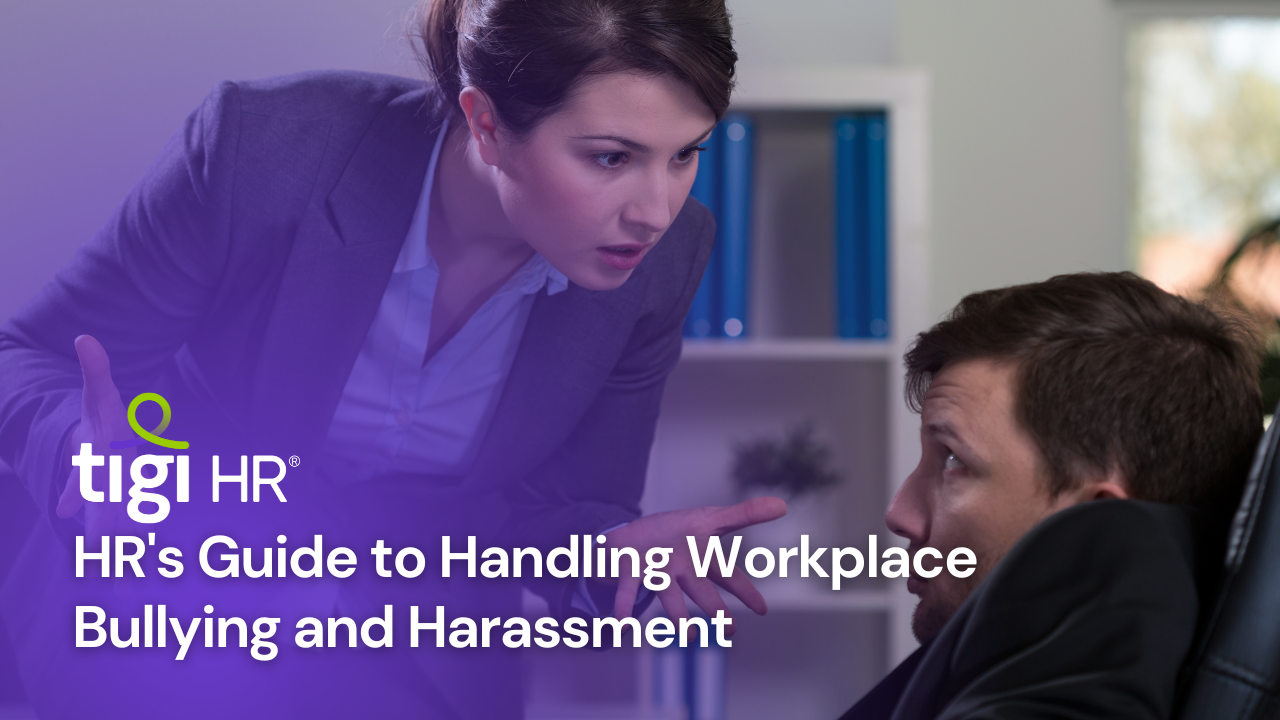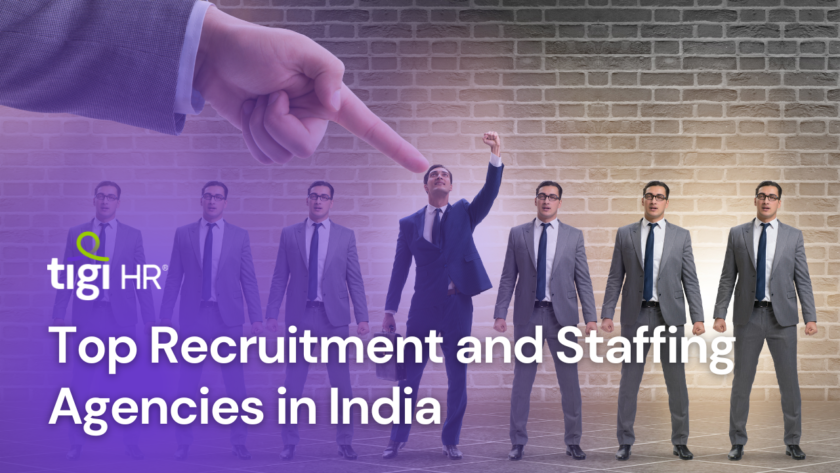In the ever-evolving landscape of Human Resources (HR), one critical challenge HR professionals must address is workplace bullying and harassment. These toxic behaviours can disrupt the workplace, harm employee well-being, and damage an organization’s reputation. In this article, we’ll delve into a comprehensive HR guide on how to effectively handle and prevent workplace bullying and harassment.
Understanding Workplace Bullying and Harassment:
Definitions Matter:
Bullying refers to persistent, offensive, intimidating, or harmful behaviour directed at an individual or group.
Harassment involves unwelcome conduct based on protected characteristics like race, gender, or religion.
Recognizing the Signs:
HR should educate employees to recognize signs of bullying or harassment, which may include verbal abuse, exclusion, offensive jokes, or cyberbullying.
HR’s Role in Addressing Bullying and Harassment:
Creating a Safe Environment:
Establish and communicate clear anti-bullying and harassment policies.
Foster an inclusive and respectful workplace culture.
Prompt Response:
Encourage employees to report incidents promptly and ensure their confidentiality.
Investigate all complaints impartially and thoroughly.
Supportive Measures:
Offer support to victims, including counseling or legal guidance if needed.
Implement temporary measures to separate the parties involved.
Disciplinary Actions:
If allegations are substantiated, take appropriate disciplinary actions against the perpetrators.
Ensure consequences align with company policies and applicable laws.
Preventing Workplace Bullying and Harassment:
Training and Awareness:
Conduct regular training sessions to educate employees on what constitutes bullying and harassment.
Raise awareness about the consequences of such behaviors.
Leadership Example:
Encourage leaders and managers to model respectful behavior.
Hold them accountable for addressing and preventing bullying and harassment within their teams.
Clear Reporting Channels:
Ensure employees know how to report incidents and have faith in the HR process.
Establish multiple reporting avenues, including anonymous reporting.
Policy Review:
Regularly review and update anti-bullying and harassment policies to stay compliant with changing laws and best practices.
SEO-Friendly Practices:
To make this article SEO-friendly, it’s crucial to incorporate relevant keywords naturally. Some potential keywords for this topic could include “workplace bullying,” “workplace harassment,” “HR response to bullying,” and “bullying prevention.” Additionally, optimize the meta title, meta description, and use subheadings to enhance search engine visibility.
Conclusion:
Addressing workplace bullying and harassment is not only an ethical responsibility but also essential for maintaining a healthy work environment and preserving an organization’s reputation. HR professionals play a pivotal role in preventing, identifying, and addressing these issues. By fostering a culture of respect, providing support to victims, and taking swift, appropriate action against perpetrators, HR can create a workplace where bullying and harassment are unacceptable, ensuring the well-being and productivity of all employees.
In today’s dynamic hiring landscape, social media has revolutionized the way employers discover and evaluate talent. Platforms like LinkedIn provide comprehensive snapshots of candidates’ skills and personalities, while companies use Twitter and Instagram to showcase their cultures. Yet, this transformation isn’t devoid of challenges. Navigating the line between professionalism and privacy becomes crucial for both job seekers and recruiters, ensuring that the undeniable benefits of social media integration in hiring are harnessed responsibly and ethically.
Find trusted recruitment agencies : Click here





